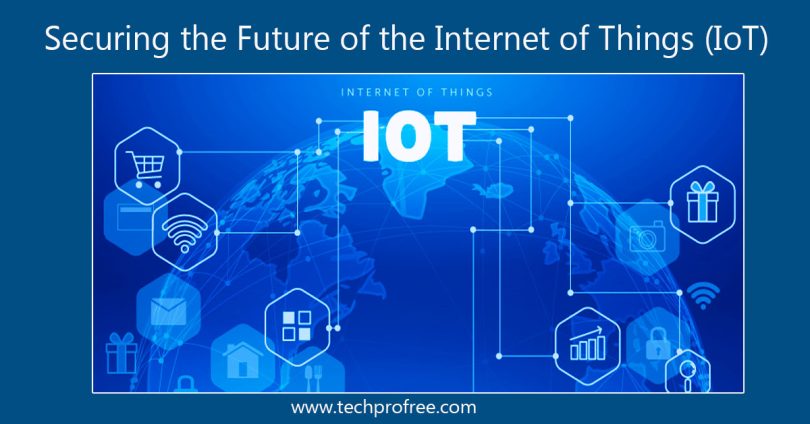The environment is changing and there will soon be a tsunami of countless connected devices. The swift transformation of the Internet of Things (IoT) into the Internet of Everything (IoE) during the previous few years has been noted by professionals. In basic terms, everyday products like a thermostat, stoves, fridges, washers, dryers, automobiles, door locks and even seemingly strange items like lawnmowers and vacuum cleaners are turning into digital devices.
It’s predicted that there will be a shocking more than 29 billion connected IoT devices by 2030. This IoT ecosystem is expected to be worth more than $1 trillion.
IoT security must be prioritized by organizations, otherwise, there could be disastrous consequences. A serious hazard comes from the ability of hackers to alter private, confidential or even national data.
IoT Security Risks and Solutions: Ensuring Safe Communication.
IoT security breaches occurred often. The risks are clear, from unencrypted data streaming through video doorbells to flaws in smart plugs allowing remote code execution. There have been instances when industrial control systems were hijacked, allowing outside access to machinery, and smart home gadgets kept Wi-Fi network credentials for residential networks without encryption.
Governments all across the world are becoming aware of these possible threats and aiming to reduce vulnerabilities. Their main concerns are preserving data integrity and promoting industry resilience.
What actions are required to guarantee safe communication within IoT, then?
The Zero-Trust Approach for Network Safety.
Network security has historically involved strict access control while supposing the inside network was secure. But this presumption has frequently been shown to be false. The zero-trust strategy substitutes thorough verification and strong cryptographic assurances for blind confidence. With this approach, security, privacy and integrity are kept intact even if the basic infrastructure is destroyed. The network is treated simply like the public internet under the zero-trust approach; it is not given any special treatment.
Confidentiality in Communication.
Ensuring that transmitted data cannot be decoded by other parties is an essential requirement of communication systems, whether personal or industrial. Data should be protected using encryption all the way through. End-to-end encryption should use robust, tested cryptographic techniques that use special key information. End-to-end encryption maintains the confidentiality of information even if a network pipeline eavesdropper obtains entry. Systems should make encryption the default setting and make it simple to use.
Data Integrity.
Beyond confidentiality, it is essential to stop hackers from changing or falsifying messages. Such efforts must be detected by the network, and authenticated replay of captured communications must be prohibited. These protections can be offered by strong cryptographic approaches, such as hash-based message authentication, which guarantees data integrity.
Enhancing Privacy.
In order to protect privacy, transmission identities must be hidden and the origin of communications must be unknown to outsiders. To prevent metadata attacks, there should be no traceable connection between messages and devices. Many systems still send unencrypted identification data despite the fact that strong cryptographic principles are frequently used for encryption and data integrity. Using cryptographic techniques, privacy can be strengthened while preventing targeted counterfeits attacks that hackers might undertake against certain people or devices.
Scalability and Security for the IoT.
Scalability is essential for the success and security of the IoT since it has the potential to connect billions of devices. Low-cost or low-power gadgets should not indicate that security or privacy are being sacrificed. The IoT sector must support implementation that is both economical and energy-efficient while accommodating exponential development. For smooth upgrades and answers to security issues for deployed devices, forward-looking security measures must be in place.
Summing up.
The growing number of connected devices in the quickly changing IoT world promises unparalleled comfortable but also sparks serious security concerns. Data security, privacy, and integrity become crucial as the Internet of Things expands into the Internet of Everything. We can create a safe and scalable IoT ecosystem by adopting a zero-trust network strategy, giving encryption first priority, securing data integrity and increasing privacy protections. Proactive security measures are not simply a choice, but necessary as we negotiate this technological frontier to realize the full potential of a connected future.




Leave a Comment